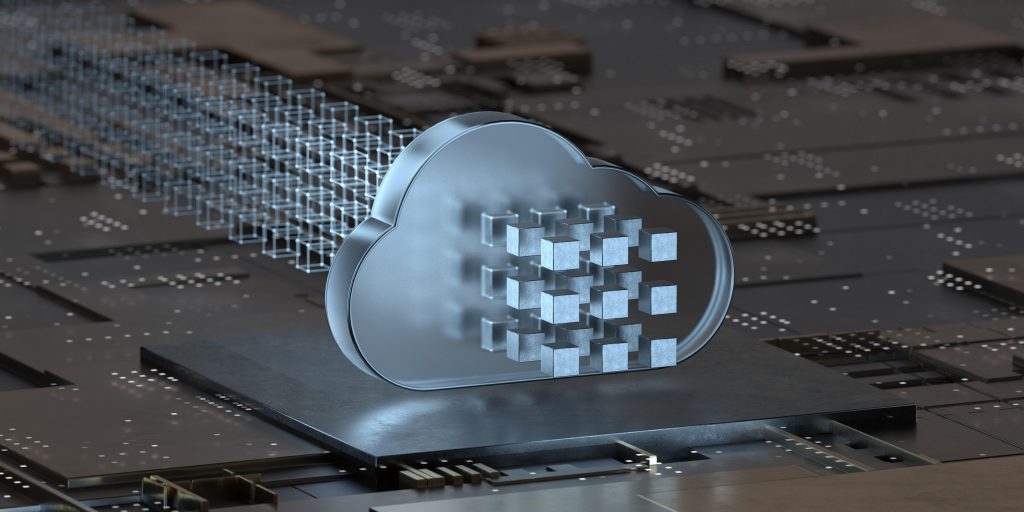Governments using technology to harness data and improve decision-making
There’s one kind of technology that state and local governments covet, says Rob Carey, president of Cloudera Government Solutions. “While supporting multiple state and local government agencies, our team has noticed an increase in the need for hybrid cloud solutions.” A hybrid cloud is the combination of both public and private cloud deployment models. In a hybrid setup, applications run in a combination of different environments.
Through its hybrid data cloud platform, Cloudera helps organizations, including governments, build their data-driven practices by getting data, no matter where it resides, into the hands of those that need it. The firm has tools that enable real-time collection, aggregation and analysis of public sector security data. The tools can detect breaches from outside the network or from malicious insiders. Cloudera Cybersecurity Platform (CCP) enables a single view of risks, automates threat detection and streamlines operations for a speedy response to threats. Globally, the firm has customers across 40 governments.
Carey explains that governments fund IT programs through appropriations that enable high-priority programs to potentially take advantage of the cloud, while lower priority IT initiatives continue to operate in present-day, legacy-based infrastructure. He tells Co-op Solutions that state and local government (SLG) agencies generate and store enormous amounts of data, and that data is essential to their ability to deliver critical citizen services. “SLG CIOs want to capitalize on the relevant data, allowing them to become engines of growth and innovation while also empowering and enhancing their ability to provide needed citizen services.”
Government data, says Carey, doesn’t arrive on the doorsteps of government offices as a neatly packaged asset, ready for use. “It’s generated from a wide range of (likely) disparate sources. It is produced in widely different formats and is constantly on the move.”
Governments at all levels must handle and process data that is perpetually in motion. “It is constantly generated––and always growing in volume––from an ever-growing range of sources. These include Internet of Things (IoT) sensors and other connected devices at the edge to web and social media to video and much more. Compatibility between products and systems allows SLG teams to fully harness data in motion, while also gaining command and control of the data and using it as a strategic asset,” Carey explains. His conclusion: “When agencies are connected with the right solutions and systems, it enables organizations to manage, analyze and ultimately use data to support timely, informed decision-making.”
Carey describes the process of making the data usable: “To capitalize on the opportunities data creates for the public good, SLG CIOs develop a strategy to address their operational issues. They then harness and capture the data in motion, enrich it, organize it and take steps to be able to serve it up coherently. The last step in the data lifecycle is to apply the kinds of rich data analytics that produce abundant benefits, including more informed decision-making, greater transparency and efficiency, and reduced costs.”
The Cloudera executive points out that CIOs in the public sector consider the big picture as they search for solutions. “CIOs and their teams have increasingly sought to manage their compute/storage infrastructure as holistically as possible––they want the computing power, cost efficiencies and other advantages of public cloud while retaining the flexibility, control and security of private cloud and on-premises data centers.” He says this is especially crucial to state and local government IT teams, who must balance their vital missions against resource constraints, compliance requirements, cybersecurity risks and ever-increasing volumes of data.
He explains that hybrid cloud management has become the de facto model for state and local CIOs since it delivers clear benefits. “The private cloud environment allows agencies to host workloads that have unique regulatory, security or performance requirements, while leveraging a public cloud to deploy elastic and specialized workloads that require flexible and scalable cloud-native capabilities, such as artificial intelligence (AI), machine learning and edge computing.”
Edge computing is the practice of capturing, storing, processing and analyzing data close to the user. It refers to the collection of devices connected to a network. These collections can include laptops, desktops, tablets, smart phones, wearable devices, IoT setups (barcode scanners), building thermostats, security cameras, etc. All these devices can produce and consume data on their own by using applications running locally rather than somewhere in the cloud or a data center.
Hardware, software and IT systems need to work well together in government agency setups, Carey tells Co-op Solutions. “Compatibility is absolutely essential to enabling operational success, especially when handling significant amounts of data. Applications that are expected to expand and contract must be scoped for the cloud, whereas stable legacy applications may be able to run successfully and efficiently in legacy data centers. Making sure everything is connected is important when tracking the data journey and understanding the full data lifecycle.” He adds that government jurisdictions can guard against vendor lock-in by using open-source software when available.
Cloudera services are available to federal, state and local governments. Carahsoft Technology Corp. is Cloudera’s main distributor partner. Carahsoft has two cooperative contracts for the government and education markets through OMNIA Partners. Carey tells Co-op Solutions that because states and municipalities often have their own favorite technology partners, his firm is happy to work with those partners.
Michael Keating is senior editor for American City & County. Contact him at [email protected].




















